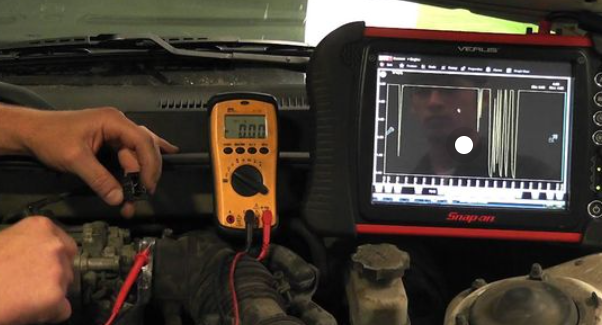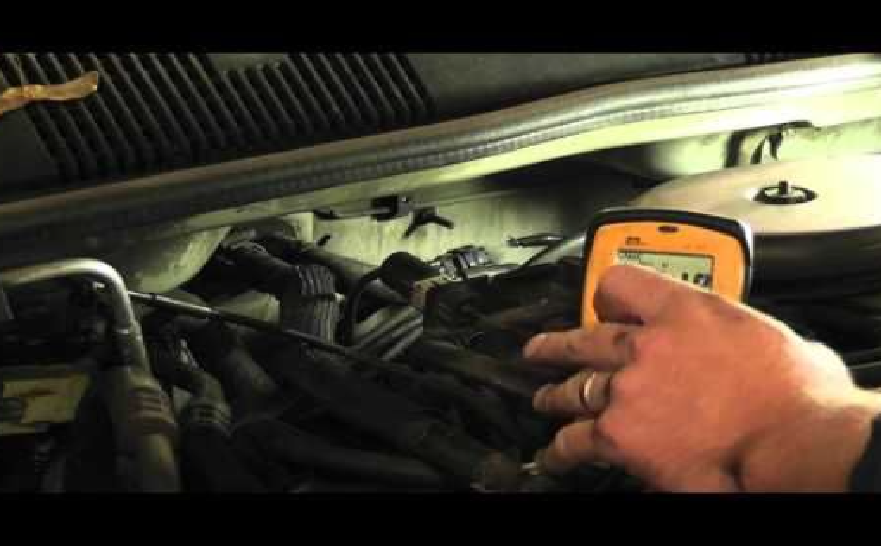How to Test a Transmission Speed Sensor
The correct operation of a vehicle's transmission system depends greatly on the transmission speed sensor. It gives the car's onboard computer crucial information when measuring the rotational speed of the gearbox output shaft. It is crucial to do an exact test on the speed sensor if you have a suspicion that it may be malfunctioning. To assist you in efficiently troubleshooting transmission issues, we will walk you through the process of testing a transmission speed sensor in this blog article.

What is a Transmission Speed Sensor?
The transmission speed sensor is an essential component of a car's transmission system. The electrical control system of the car depends on it for speed measurement. Testing the sensor is critical to ensuring appropriate transmission system operation. To test it, a technician must find the sensor and measure its resistance with an ohmmeter. The sensor should be changed if the resistance falls outside of the prescribed range. Following the replacement, the technician checks the vehicle's speed accuracy. If the problems persist, more testing may be necessary.

Testing a transmission speed sensor is an important step in keeping your vehicle running smoothly. Checking the vehicle’s computer and inspecting the wiring are two of the most important aspects of testing a transmission speed sensor. First, you need to check the vehicle’s computer to make sure the sensor is properly connected and working. To accomplish this, attach a diagnostic tool and perform a diagnostic scan. The wiring has to be checked to ensure it's in excellent shape and there are no loose connections once you've established the sensor is connected and functional. If the wiring is OK, you may test the sensor by interfacing a multimeter with it and examining the voltage reading. The sensor is functioning properly if the voltage falls within the range that the manufacturer has indicated.
Experiencing a jerky transmission while shifting gears is one of the primary indications of a faulty speed sensor. If your vehicle displays jerking or hesitation during gear shifts, it is likely attributable to a problematic speed sensor. Moreover, difficulty or irregular shifting into specific gears can also suggest a faulty speed sensor. Additional common symptoms include reduced fuel efficiency, an illuminated check engine light, and decreased acceleration.
If your vehicle demonstrates any of these symptoms associated with a faulty speed sensor, it is crucial to diagnose and test the sensor to identify the underlying issue. Understanding how to test a Transmission Speed Sensor becomes a vital step in effectively diagnosing and resolving the problem.

Fixing a faulty speed sensor typically involves the following steps:
Diagnostic Testing: It's critical to correctly identify the defective speed sensor before moving forward with any repairs. The data from the sensor may be reviewed using diagnostic tools to find any anomalies or failures.
Sensor Replacement: Once the malfunctioning speed sensor has been found, it must be replaced. Depending on the vehicle, the sensor is frequently situated on the gearbox housing, differential housing, or wheel hub. The sensor may be incorporated into a bigger component, such as the ABS wheel speed sensor, in some situations.
To replace the sensor, the following steps are generally involved:
- Locate the sensor: Refer to the vehicle's repair manual or seek professional advice to determine the exact location of the speed sensor.
- Disconnect the electrical connector: Unplug the wiring harness connector that connects to the sensor.
- Remove the sensor: Depending on the sensor's design, it may be secured with bolts or clips. Carefully remove these fasteners and extract the sensor from its mounting position.
- Install the new sensor: Take the new speed sensor and place it in the same position from which the old sensor was removed. Secure it using the appropriate fasteners.
- Reconnect the electrical connector: Plug the wiring harness connector back into the new speed sensor.
System Testing: After replacing the sensor, it is critical to test the system to guarantee appropriate operation. This might include examining the accuracy of the vehicle's speedometer, testing the transmission's shifting behavior, and looking for any residual symptoms linked with the defective speed sensor.
-
Can I test a transmission speed sensor without special equipment?
Testing a transmission speed sensor typically requires an ohmmeter or multimeter to measure resistance and check for continuity. These tools are readily available and relatively affordable. It is recommended to have access to one of these devices for accurate testing. However, more advanced diagnostic equipment may be necessary for comprehensive testing of the sensor and the vehicle's electronic control system.
-
What should I do if the transmission speed sensor test indicates a faulty sensor?
If the test results indicate a faulty transmission speed sensor, the recommended course of action is to replace the sensor with a new one. Ensure that you obtain the correct replacement sensor for your specific vehicle make and model. Following the replacement, it is advisable to retest the system to confirm that the new sensor has resolved the issue.
See more review here: The 10 Best IPad Car Mounts For Convenient And Safe Driving


















